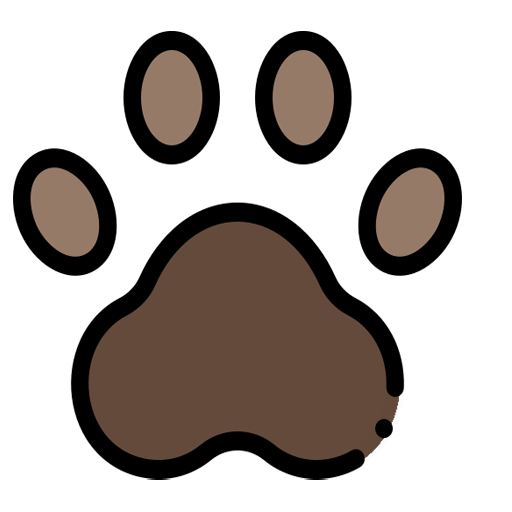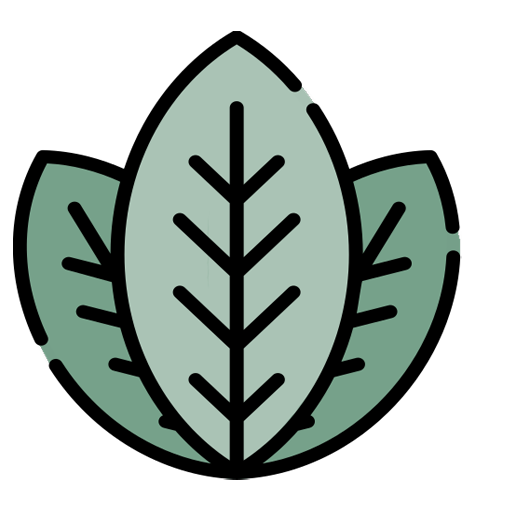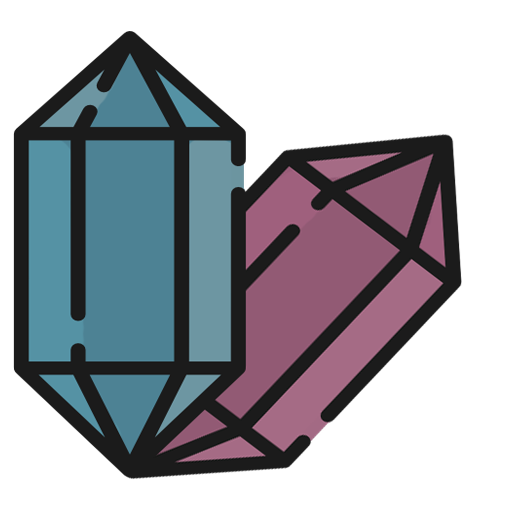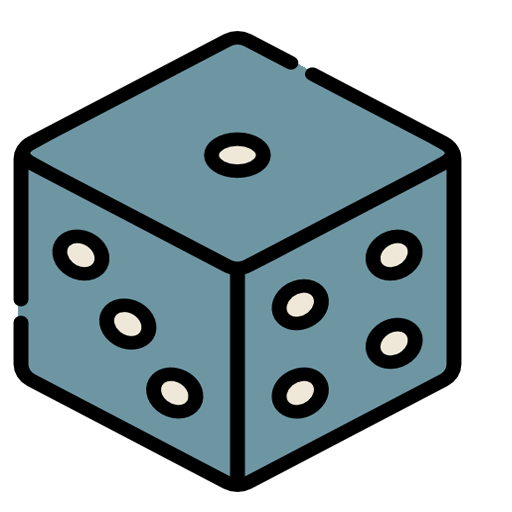Ecology & Diet
Why do I prefer them? Because right trained, they're better than a Wyvern in a fight- and only half as flighty.— Irani Pradvesi, Fire Genasi Homesteader
Found in the scrublands and deserts of
Tolara, Bahar are well suited to harsh, arid environments with little rain.
Domesticated variants are trained to be diurnal in nature. In the wild, however, they typically prefer a nocturnal schedule- burrowing into the hot sand to wait out the heat, and browsing for food near Oases and rocky outcroppings throughout the night.
They're typically detritivorous browsers- feeding on the sparse desert fungi, Oasis algaes, and any decaying material that can be found among the sand. They are technically omnivorous in nature, however, and are capable of eating everything from insects to rocks; some Bahar have likewise been known to eat other desert creatures when necessary- up to and including others of their kind.
Society & Reproduction
Though they can often be found in large groups due to the limited browsing opportunities in their native deserts, Bahar are ultimately individualistic and solitary in nature; they browse together throughout the night, frequently squabbling over food- but once the sun begins to shine on the horizon, they retire to their own burrows far away from one another.
The only time Bahar can be found with one another over long periods of time, is during mating; occuring during the monsoon season in the
Chisisi Desert, large quantities of Bahar will flock to the closest Oasis in order to find themselves a mate- a process which can sometimes take the full rainy season.
As they need moisture to survive, but are incapable of living fully submerged in water, after successfully mating females will stay together in collonies at the Oasis. Here thay live in small but highly aggressive and territorial groups, using the cool clear waters as a protective spot to incubate their developing young.
They can't keep together like that, or problems they get- and problem with Bahar don't you want; They single pen hundred or greater feet apart, or meaner get they with long times- and mean Bahar are always. They only single because large compound need. Too much. Carry Bahar many things, though, so worth it for this one.— Enis Reizan, Enethian Merchant
Once the offspring have successfully moulted a few times, they take up residence on the underside of their mother, and begin their lives in the desert proper. After several more moults, when their chitonous plating can withstand the heat of the desert sun, they leave the safety of their mother's underbelly and split off on their own.
This entire process can take up to a year to complete. However, Bahar eggs are capable of hibernating for long periods of time- a useful feature during dry seasons; this allows Bahar to hibernate until a sufficient rainy season appears, ensuring increased survival rates during the early stages of their life when they're most susceptible to predation and heat exhaustion. Likewise, abnormally heavy rainfall around Bahar eggs can accelerate their gestation, causing them to hatch sooner than expected.
Abilities & Senses
Statblock
Medium beast (insectoid), any
Armor Class: 17 (natural armor)
Hit Points: 9d8+36
Speed:
40 ft
, burrow: 40 ft
Senses: Passive Perception (10); Tremorsense (60 ft)
Eyeless. NAMES are immune to gaze attacks, visual effects, illusions, and other attack forms that rely on eyesight.
Actions
Charge: If the NAME moves at least 20 ft. in a straight line before hitting the target with a Headbutt Attack on the same turn, the target takes an extra 2d6 damage. If the target is a creature, it must succeed on a DC 14 Strength saving throw or be knocked prone in addition to the Headbutt's knockback effect.
Headbutt. Melee Weapon Attack: 1d20+2 to hit, reach 5 ft, one target. Hit: 2d6+4 bludgeoning damage. The victim is knocked back 5 feet on a successful hit.
Shriek. Once per day; All creatures other than those immune to sound-based attacks within a 100 foot radius must make a DC 16 Constitution saving throw. On a failed save they are deafened and stunned for 1 minute. On a failed save they take 3d6 psychic damage and are frightened until the end of their next turn.
Bahar were inspired by
World Of Warcraft creatures of
the same name- as well as
Graboids from the
Tremors Franchise. Real world information about
Isopods has been used to fill in gaps in information in order to round out the creature and adapt them specifically to the Saleh'Alire setting. The 5th edition
Dungeons and Dragons Bahar statblock however, has been homebrewed by
Anna Boyett and may be used with proper credit to the author
(Anna Boyett) and setting
(Saleh'Alire).
Having seven segmented legs and being native to the deserts of
Tolara, Bahar are one of the fastest fully terrestrial creatures in the area. And while Bahar from the
Gahiji Mountains cannot burrow and instead spend their times in caves, the Common Bahar is an adept burrowers, and can move quickly underground through the sand. For obvious reasons, however, it has been all but impossible to directly observe them while underground. Limited surface observation, however, show that the sand above a Bahar's route is sometimes humped- consistent with a writhing or flexing mode of travel close to the surface.
Regardless of their type or native region, all Bahar possess
Tremorsense- allowing them to accurately sense the location of other creatures. This includes burrowing creatures and any others in contact with the ground; this sense does not allow them to detect creatures in flight, however, making the Wyvern one of their largest known predators.
Without eyes, Bahar are also immune to conditions which could charm them, and also cannot see illusions. They are aware of their surroundings, however, having a set of primitive ears located just behind the side barbs of their hammer shaped heads. These primitive ears allow Bahar to communicate with one another both underground and above through a series of low clicking noises and rumbles.
Domestication Uses & Benefits
Bahar sensitive little thing. Dumb but spooks easy, and mean... You must sneak up on them like Sand Spider- slow, light, and steady. 'Tis why Tabaxi are better Bahar catchers; Khenra too loud, Human too heavy. Only Tabaxi is just right every time!— Shadow of Clouds, Tabaxi Nomad (Mud River Clan)
Bahar are typically kept by inhabitants of the
Chisisi Desert and its surrounding regions as a terrestrial mount, due to its size, weight, and speed.
Lacking any significant intelligence, they're easy to capture and train- and though breeding has so far been unsuccessful in captivity, their plentiful nature means there's no short supply of them in the wilds; despite their unintelligent nature, however, Bahar are territorial and aggressive by nature, with those in the
Gahiji Mountains being far more so than the Common Bahar found elsewhere.
Today only the Wyvern is prefered over the Bahar, but they're less common due to their more aggressive nature, and higher difficulty to capture and train; most Ilerians and Enethians have at least one in their possession, used for trade and travel similar to horses in other regions. But the Ileri and Enethi were initially taught to domesticate them by the native Khenra, who also taught the desert dwelling Tabaxi and Fire Genasi when they moved into the region.

























Excellent flavor texts. Nice article and description of wild and domestic.
Thank you, love <3 Glad you enjoyed!
⤳ Buy me a Ko-fi
⤳ Join My Discord